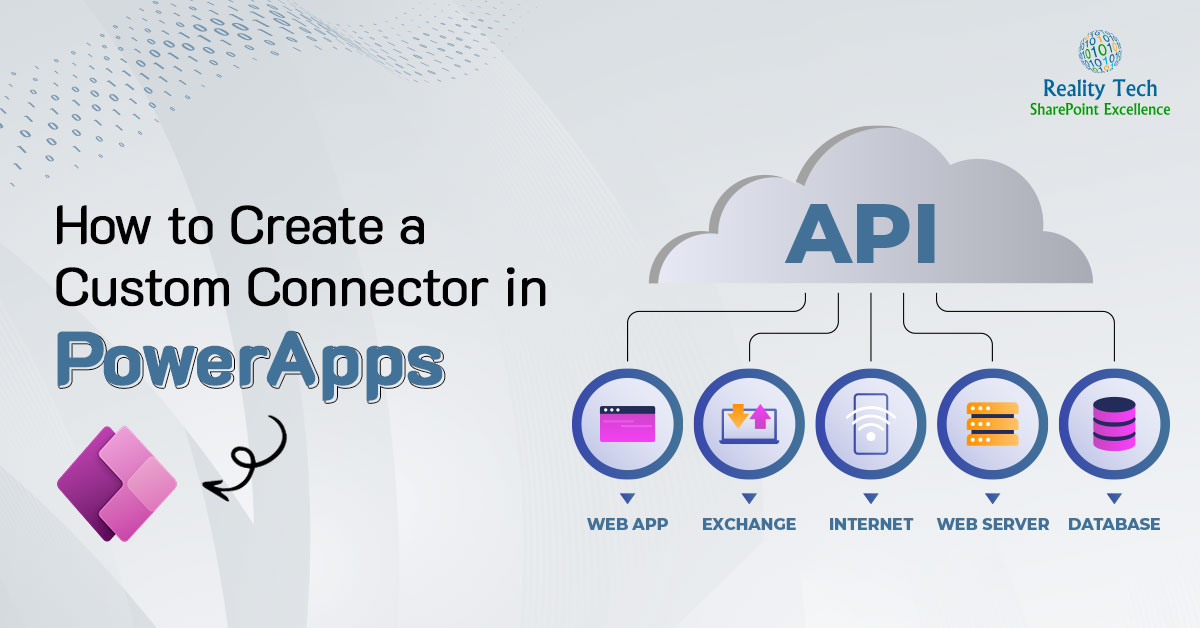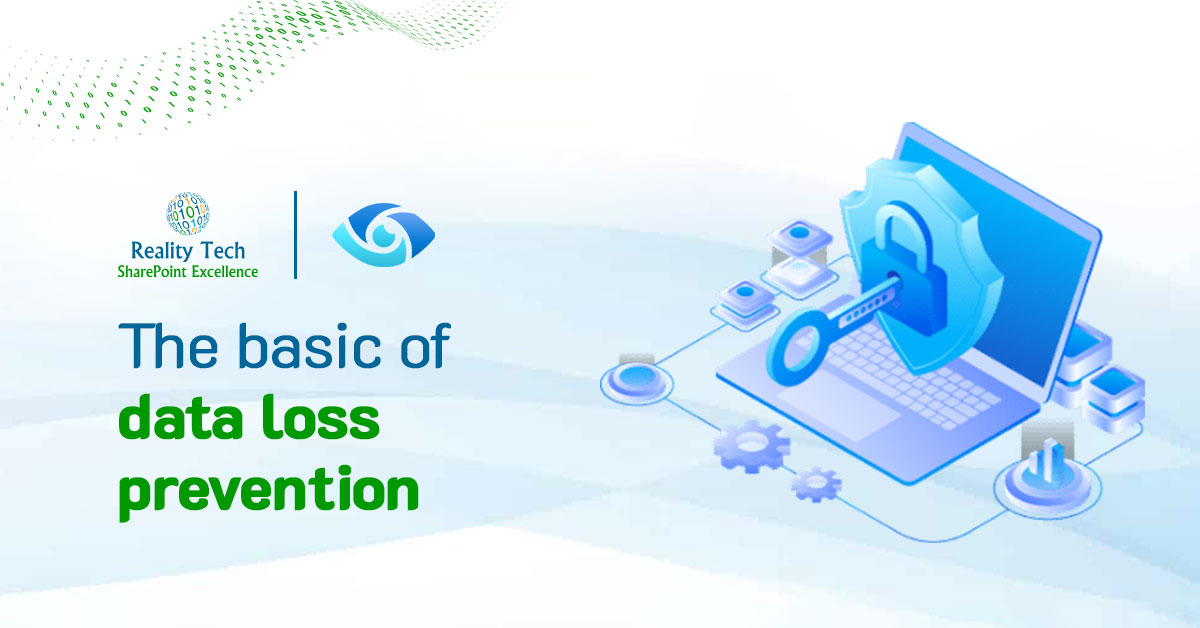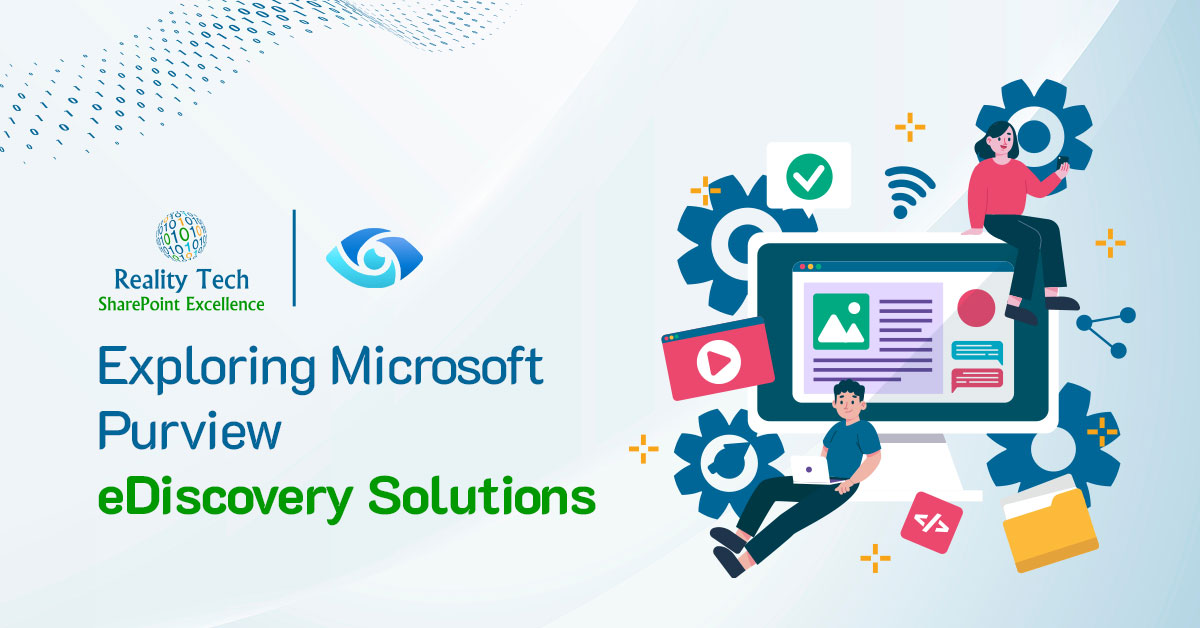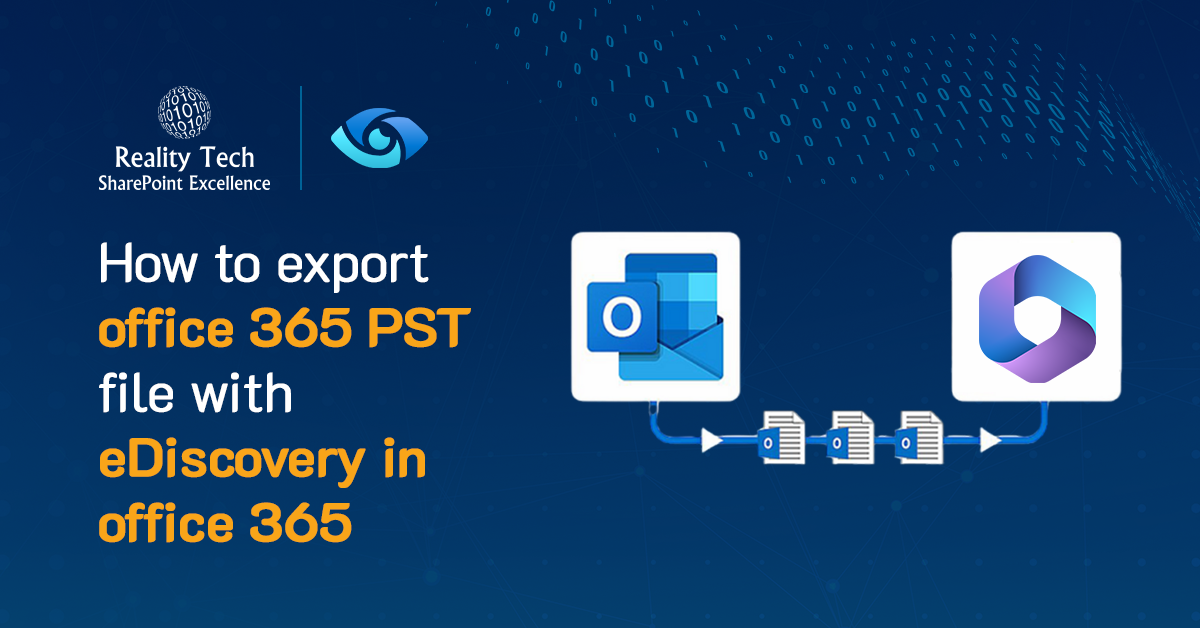Business Scenario
A prominent Property/ Casualty Insurance company with a $1.2B valuation needed a streamlined approach to managing its 6.2 million documents distributed across departments. Their existing landscape included Documentum and an older version of SharePoint. The challenge was to simplify document handling, integrate with essential systems, and execute seamless migrations along with:
- Integration with Retention Policy systems
- SharePoint integration with MS-Outlook
- Migration of 2TB of Documentum content, covering the range of policyholder reference documentation
- Migration of 1TB of documents from an older SharePoint version
- Creation of Information Architecture designed separately for each department
- For Accounting, create an automated process for generating libraries, folders, and site collection per Accounting year, and setting automated document tagging per location
- For Policies, create a hierarchy based on Policyholder, Policy and Claim
- An engaging, feature-rich, and intuitive user interface to ensure easy adoption by all employees.
Project Details
| Customer | Mid-Sized Organization, 300 employees |
| Country | USA, East Rutherford NJ |
| Domain | Property/Casualty Insurer |
| Division/ Department | Claims, Underwriting, IT, Legal, Investments, Actuarial |
| Engagement Model | Dedicated Resources |
| Tools and Technology |
|
| Browser Compatibility | Internet Explorer, Edge, Firefox, Chrome, Safari |
| Migration Tool | Tzunami Migration Toolt |
| Development Environment | Visual Studio |
Our Solution
Our team embarked on a comprehensive solution tailored to the company’s unique requirements. Here’s an overview of our approach:

- Information Architecture Design
A meticulous process was undertaken to design an information architecture
that met search, tagging, and security needs. This architecture allowed for a fine-grained security model while ensuring efficient scaling of repositories within SharePoint. - User Experience Enhancement
We conceptualized the portal’s look and feel through wireframes and master
pages, incorporating company colors, logos, and branding elements for a consistent user experience. - Data Migration
Existing documents were migrated to the SharePoint Document Management System (DMS), ensuring a seamless transition. Data integrity and document relationships were maintained during the migration process. - Document Navigation and Access
Various mechanisms were established for seamless document access:-
- Search
Users could search across the enterprise, through a customized search page tuned to allow metadata selection appropriate for the specific department. Document previews and promoted search results were used, as well as Refiners to allow drill-in on documents. - Claims integration
A consistent method was implemented to reach a given Policy and Claim, enabling a link to be generated within the Claim system to allow users to seamlessly reach a given claim. - Shortcuts
To facilitate Accounting needs, a set of shortcuts was deployed to accounting user desktops to allow easy navigation using WebDav for Explorer-like navigation when needed for attaching documents for website-based work. - Outlook integration
MacroView DMF was implemented that provided Outlook integration, to allow documents to be easily dragged/ dropped from an email into SharePoint. Customized search panels were configured in MacroView to allow a personalized search experience appropriate for each department.
- Search
-
- Automated Tagging and Folder Creation
Documents were automatically tagged based on location using event receivers, ensuring consistent metadata application. A custom solution restricted folder creation, promoting consistency and controlled structure. - Training and User Adoption
A “Train the Trainer” approach was adopted, empowering departmental trainers
who acted as local administrators. A central “Training Hub” housed all training materials, guides, and videos.
Results
The project yielded remarkable outcomes:
- Streamlined document management and collaboration.
- Improved document access, navigation, and search capabilities.
- Automated tagging and structured hierarchy for enhanced organization.
- Integration with policy systems, Outlook, and Claims for seamless operations.
- Increased user adoption through tailored training and support.
Conclusion
The successful execution of the Documentum migration and SharePoint-based Intranet portal project underscores the transformative power of strategic planning and tailored solutions. By addressing specific business needs, automating processes, and enhancing collaboration, the organization achieved improved productivity, streamlined operations, and enhanced user experience. This case study exemplifies the positive impact that well-executed technology initiatives can have on modernizing and optimizing business processes.













